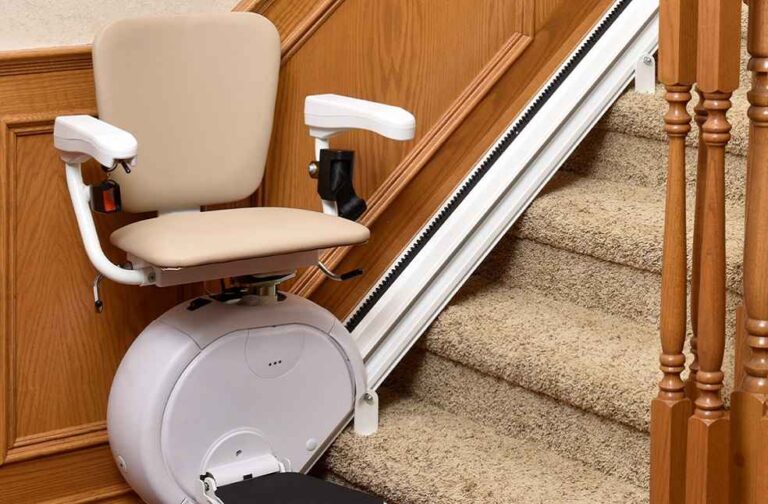A stair lift, commonly referred to as a stairlift, stair chair, chair lift, or stairway lift, is a motorized chair designed for people with mobility challenges, including the elderly and those with disabilities. These devices are mounted on a rail system attached to stair treads, enabling individuals to navigate staircases effortlessly. Stair lifts operate on pinion and rack technology and are known for their ease of use and effectiveness in improving accessibility in homes and other buildings.
Global Market Overview
As of 2022, the global stairlift market size stood at $810.3 million, with expectations of a crucial Compound Annual Growth Rate (CAGR) of 6.3% during 2023-2029. This surge encompasses regional market sizes and forecasts for North America, Europe, Asia-Pacific, Latin America, and the Middle East & Africa.
Driving Factors for Market Growth
One of the primary drivers of the stairlift market is the rising incidence of Osteoarthritis, predicted to become the fourth largest cause of global disability. This condition, along with other musculoskeletal issues like knee problems, significantly contributes to the market’s expansion. The World Health Organization (WHO) reports that approximately 1.71 billion people globally suffer from musculoskeletal conditions, translating to about 21% of the world’s population. Additionally, technological expansion in healthcare equipment, particularly in mobility aids like stairlifts and wheelchairs, is pivotal in market growth.
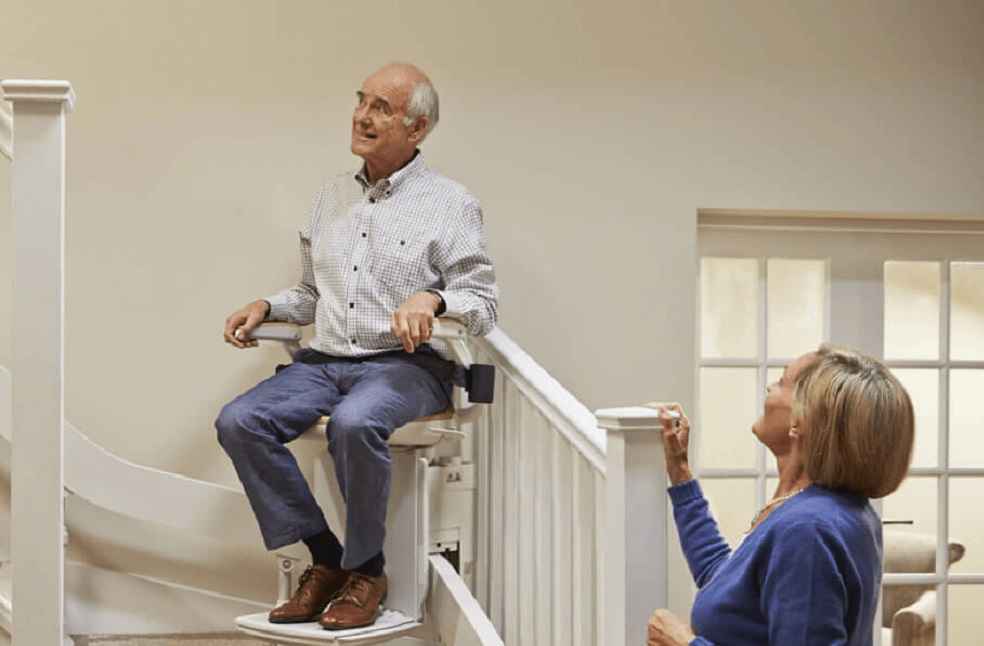
Demographic Trends Influencing Demand
The aging population is a significant factor affecting the stairlift market. Reports from World Population Prospects in 2022 indicate that the global share of people aged 65 years or older is expected to rise from 10% in 2022 to 16% by 2050. This demographic shift is crucial as the elderly are more likely to experience mobility issues and require assistance. Furthermore, the WHO estimates that 1.3 billion people currently experience significant disability, with around 75 million relying on wheelchairs. This scenario underscores the increasing need for stairlifts, especially in residential settings, to maintain independence and reduce dependency.
Market Segmentation and Offerings
The stairlift market is segmented into various types based on design and usage. The primary categories include straight stair lifts, curved stair lifts, and outdoor stair lifts. Each type caters to specific stair configurations, with straight stair lifts being the most common for standard staircases, while curved and outdoor stair lifts are customized for more complex or external environments.
Regional Market Dynamics
Europe holds a considerable market share, influenced by the aging population, government initiatives, and the presence of regulatory bodies ensuring product compliance. In Asia, Japan and South Korea are notable markets, with expected CAGRs of 10.2% and 11.4% respectively from 2023 to 2033. These markets are driven by aging populations and increasing awareness of mobility aids.
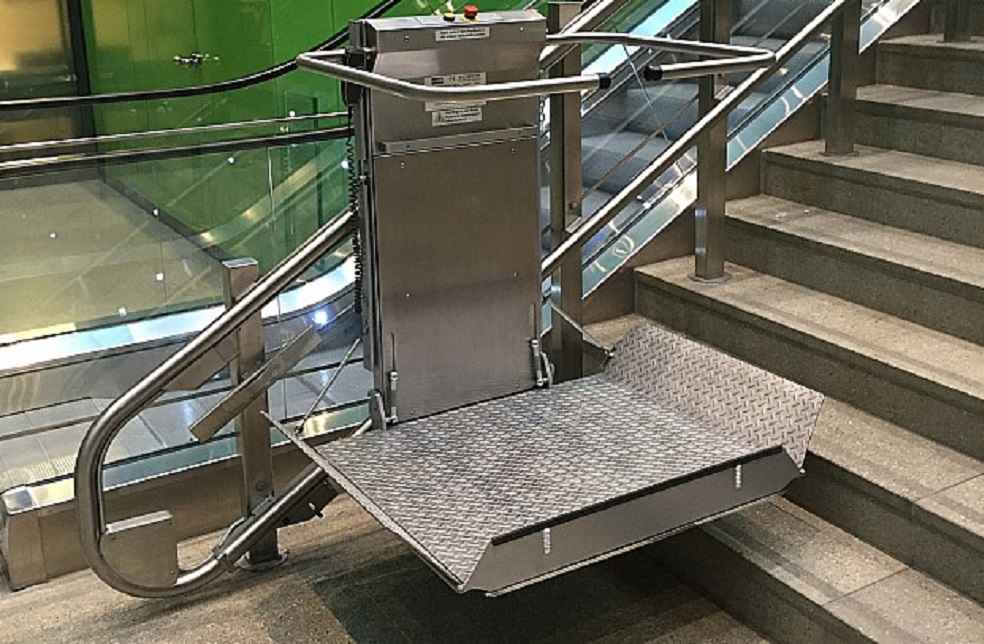
Challenges in the Stairlift Market
Despite the growing market, several challenges persist. Mechanical and electrical issues in stairlifts, such as malfunctioning motors, broken components, or electrical faults, are common. Additionally, obstruction detection systems in stairlifts, if not calibrated correctly, can lead to malfunctions or damage. Battery-related issues also pose challenges, especially in models that rely on battery power.
Leading Companies in the Stairlift Market
Prominent players in the stairlift market include Bruno, Handicare, and Stannah. These companies are recognized for their innovation, quality, safety, and customer-centric approach. They offer a range of stairlifts catering to various needs and preferences, emphasizing ease of use and installation.
Patricia, a Bruno stairlift user, expressed her satisfaction with the product, saying, “I don’t have to worry about steps & we’re able to stay in our home. The Bruno stairlift is a Godsend. I had trouble getting up the stairs. My husband had to help pull me up the top steps.
We were going to have to move if we didn’t figure out a solution, but I didn’t want to move. We’ve lived in this house for over forty years. We raised our kids here, our memories are here, and we’re close to things like our church and bank. I just love the stairlift because now I don’t have to worry about steps and we’re able to stay in our home.”
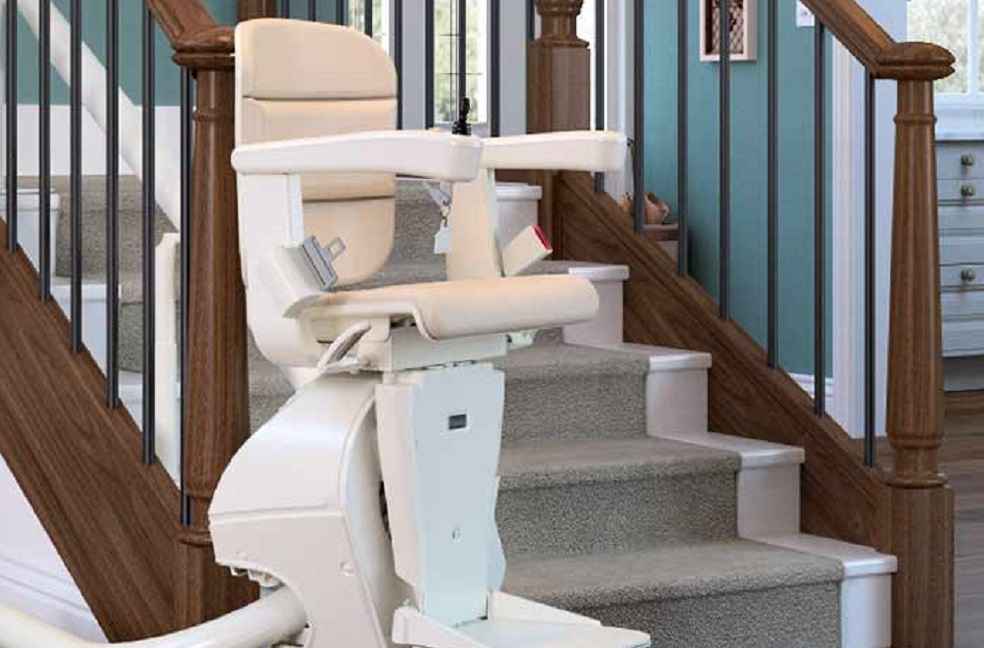
Future Outlook
Looking ahead, the prevalence of conditions like arthritis, which significantly impact mobility, is expected to rise. The Centers for Disease Control and Prevention (CDC) predict an increase in arthritis diagnoses in the coming years. By 2040, over 78.4 million adults in the U.S. alone are expected to be diagnosed with arthritis, with significant activity limitations. This trend is likely to be mirrored in other developed countries, indicating a sustained demand for stairlifts.
The stairlifts have become an essential tool in addressing the challenges faced by elderly individuals living alone while their children are abroad. By enhancing mobility and safety, stairlifts not only aid in daily living but also provide emotional comfort to families separated by distance. As globalization continues to shape family structures, stairlifts stand out as a significant innovation in elderly care and independence.
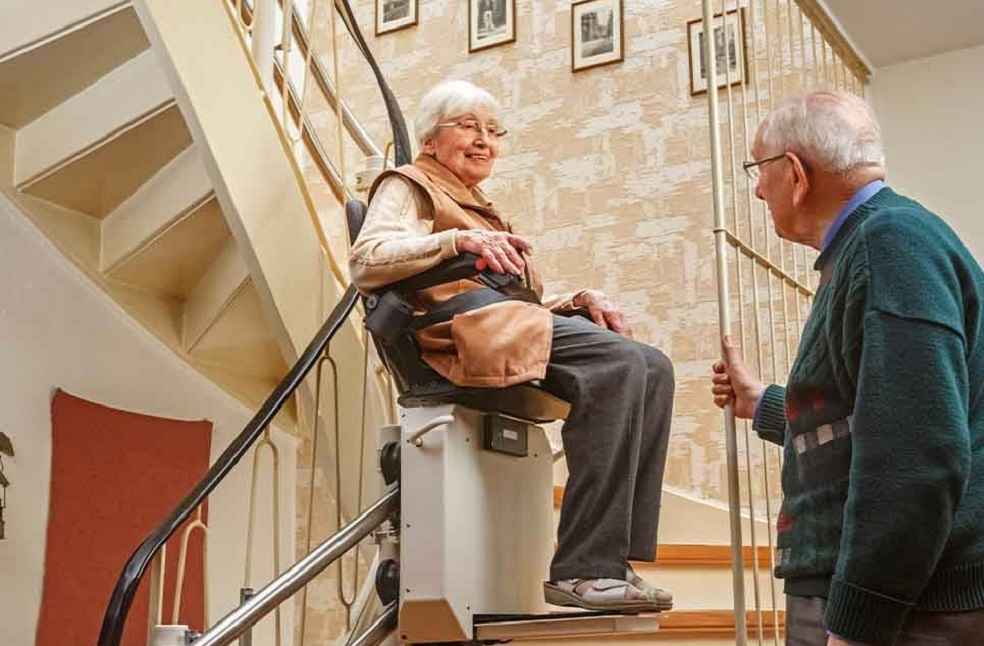
The stairlift market is poised for growth, driven by demographic changes, technological advancements, and increasing awareness of mobility challenges. While there are hurdles to overcome, such as mechanical and electrical issues, the industry is responding with innovative solutions and improved designs. The future looks promising for the stairlift market, with an expected increase in demand as the global population continues to age and the prevalence of mobility-limiting conditions rises.
DON’T MISS IT | Zelenskiy Urges Stronger Air Defense for Ukraine’s Key Grain Exports


